Description
FescueBLUE FESCUE – FESTUCA GLAUCA
FescueBLUE FESCUE – FESTUCA GLAUCA. An eye catching, low growing and clump forming ornamental perennial grass, ideal in pots, fronts of borders or mass plantings. Festuca “Blue select” is a more refined version with better colour than the common variety “Varna” most often seen. The variety does well in dry summers, tolerating drought which enhances the grass leaf colour when under stress. Height 30cm with a spread of 25-30cm.
Cultivation Advice
- Choose a spot with well-draining soil and adequate sunlight. Blue fescue thrives in full sun but can tolerate partial shade.
- Ensure the soil is well-draining and not overly fertile. Amend heavy soils with sand or organic matter to improve drainage.
- Plant in early spring or early fall, avoiding extreme heat or cold periods for better establishment.
- Dig a hole slightly larger than the root ball, and plant the grass at the same depth as it was in the container.
- Water newly planted blue fescue regularly to help establish its roots. Once established, it’s moderately drought-tolerant but benefits from occasional watering during dry periods.
- Apply a thin layer of mulch around the base of the plant to retain moisture and suppress weed growth.
- Trim off any dead or damaged foliage in early spring to encourage new growth. You can also lightly shear the plant to maintain its shape.
- Blue fescue doesn’t require much fertilization. A light application of a balanced slow-release fertilizer in spring can be beneficial.
- Divide clumps every few years in spring to rejuvenate the plant and maintain its vigor.
- Blue fescue is generally hardy but might benefit from a layer of mulch to protect its roots in colder climates.
- Blue fescue is relatively resistant to pests and diseases. However, keep an eye out for aphids or slugs, which might occasionally be a concern.
- Pair blue fescue with plants that complement its color or texture, such as sedums, lavender, or other ornamental grasses.
- Blue fescue thrives in slightly acidic to neutral soil (pH 5.5 to 7.0). Regularly test soil pH and make necessary adjustments to maintain optimal conditions.
- Blue fescue adapts well to containers, making it an excellent choice for ornamental displays on patios or balconies. Ensure the containers have drainage holes to prevent waterlogging.
- In regions with harsh winters, if planted in containers, consider moving them to a sheltered area or insulating containers to protect the roots from freezing temperatures.
- Blue fescue is susceptible to root rot in waterlogged soil. Ensure the soil drains well and avoid excessive watering to prevent root issues.
- Blue fescue is generally low-maintenance once established. Avoid excessive pruning or fertilization, as it can affect its natural form and color.
- Blue fescue might self-seed in favorable conditions. If reseeding occurs, thin out the seedlings to maintain proper spacing and prevent overcrowding.
- Once established, blue fescue exhibits good drought tolerance. However, during prolonged dry spells, supplemental watering can help maintain its appearance.
- Blue fescue’s blue-gray foliage provides year-round interest. Consider using it as a border plant, in rock gardens, or as an accent plant for its unique color and texture.
- Incorporate well-decomposed organic matter like compost into the soil during planting or as a top dressing to enhance soil structure and fertility.
- Blue fescue is generally resistant to pests and diseases. However, watch for signs of rust, a fungal disease that might occur in humid conditions. Apply fungicides if necessary.
- Ensure proper air circulation around the plant to prevent moisture buildup and reduce the risk of fungal diseases.
- Blue fescue can be propagated through division. Divide mature clumps in spring or fall by carefully separating them into smaller sections and replanting.
- Every few years, consider rejuvenation pruning by cutting back the entire clump to about 2-3 inches above the ground level. This stimulates new growth and revitalizes the plant.

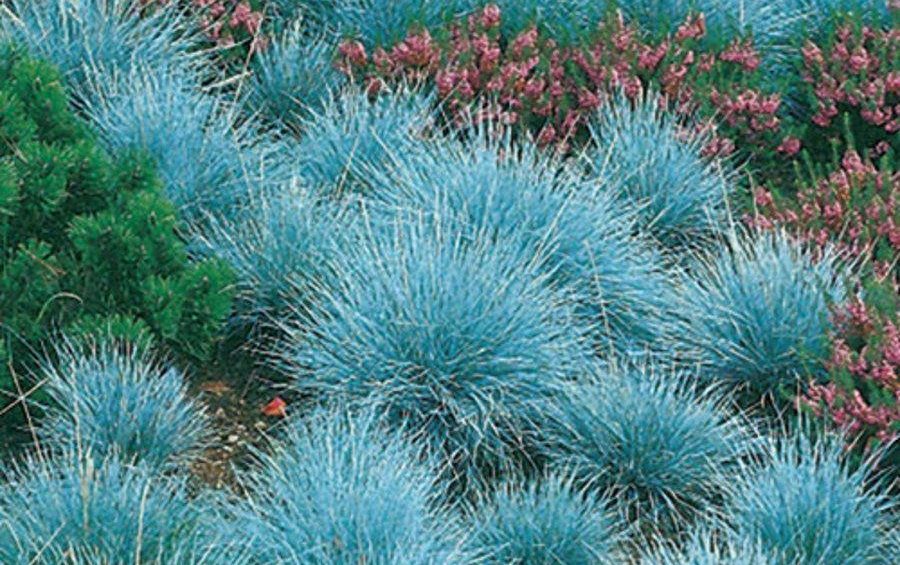

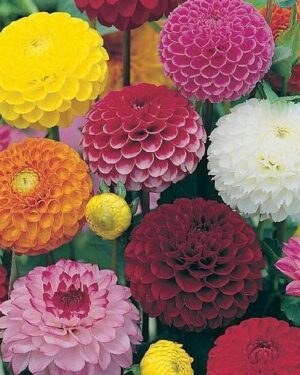
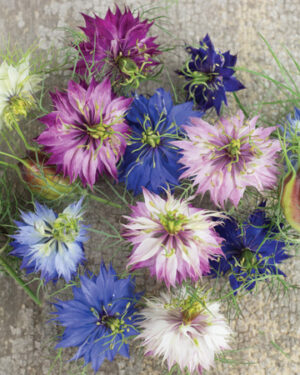
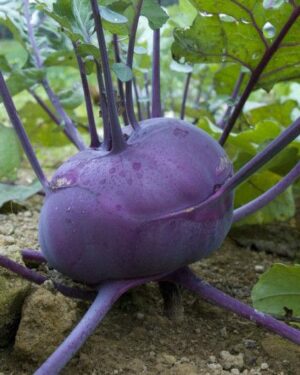
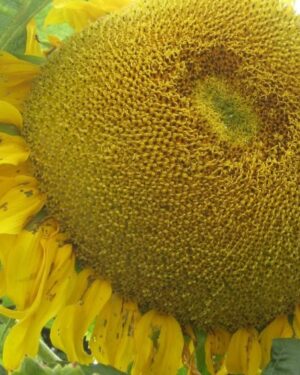


Reviews
There are no reviews yet.